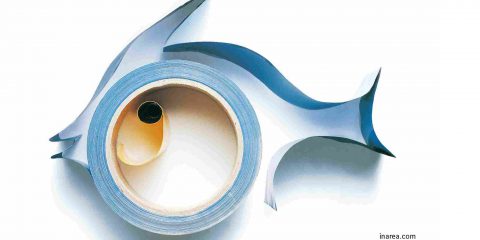“Imaginarea” è la finestra quotidiana di Inarea, la società di design, leader nel campo del branding, che ci accompagnerà quotidianamente con immagini e storie, scandendo ricorrenze, curiosità ed eventi legati a quella particolare data..
Se è vero che la parte precede il tutto, tre consonanti uguali, in Italia, nell’anno 2022 (che si qualifica con ben tre due), sembrano richiamare solo Pier Paolo Pasolini, di cui ricorrono i cento anni dalla nascita. Ma, di fronte a una combinazione di lettere come PPP, l’istinto alla disobbedienza fa deragliare la nostra immaginazione…
Per cui, la prima parola fuori dal binario è Pompeii, scoperta proprio il 1 aprile 1748 sotto Carlo di Borbone: spagnolissimo sì, ma per metà DNA italiano. Sua madre era Elisabetta Farnese, che gli lasciò in eredità Tiziano, Raffaello e molti altri zecchini d’oro del Rinascimento. Carlo li trasferì da Parma, il ducato della mamma, verso Capodimonte: in fondo, erano tutti affetti suoi e il re poteva farne quel che voleva. Oggi, 80 tra questi capolavori tornano per un breve soggiorno a “casa”, in occasione di una mostra al Complesso della Pilotta dedicata ai Farnese. La nostra seconda “P” è così una linea tracciata tra le due città.
La terza, si mette a metà tra le prime due come un nastro biadesivo. Sembra che un giorno, in procinto di tornare in Spagna, Carlo trovò a Pompei un anello antico, che lasciò simbolicamente in consegna agli scavi. Così facendo, e un po’ involontariamente, il re pose le basi per quella che oggi chiamiamo tutela: un altro modo di intendere gli “affetti” suoi.
Pompei, Parma e Patrimonio, una bella storia che (non sappiamo quanto) l’altro PPP sarebbe stato felice di ascoltare. Tutto vero, in ogni caso, l’unica palla è il nostro pesce, che si sta srotolando per augurarvi buon primo aprile!
PPP
If the parts precede the whole, in Italy these three identical consonants in 2022 (which, incidentally, has treble twos) seem to suggest the name of film director Pier Paolo Pasolini, this year being the centenary of his birth. But as the PPP trio dances before our eyes, the mind boggles with other possibilities…
The first word that comes to our boggling mind is Pompeii which was discovered exactly on 1 April 1748 under the reign of Charles of Bourbon. This King of Naples was Spanish (and indeed was later to become Charles III of Spain), but also half Italian. His mother was the Italian noblewoman Elisabetta Farnese who left him an inheritance of paintings by Titian, Raphael and many other great Masters of the Renaissance. King Charles moved them from his mother’s Duchy of Parma, to the Palace of Capodimonte in Naples: after all, they all belonged to him and he could take them wherever he wished. Today, 80 of these masterpieces are going back ‘home’ for a short stint and will be on display at an exhibition on the Farnese family at the Complesso della Pilotta (the Pilotta Palace in Parma). Our second “P” is, therefore, a line drawn between the two cities.
We’ll put our third between the first two like double-sided tape. The story goes that one day, just before he left for Spain, Charles personally found an ancient ring in the digs at Pompeii and symbolically left it behind. In so doing, and somewhat involuntarily, the King laid the foundations for what we now call heritage sites.
Pompeii, Parma and Heritage – which in Italian we call “Patrimonio” (whence the word “Patrimony”) and is hence our third “P”. A nice story that the other PPP might have been interested to hear about. All perfectly true. Not to mention the “P” of our “Pesce d’aprile”, or April Fish, the aquatic symbol of April Fool’s Day in Italy. A “sticky” fish if ever there was one, getting ready to unroll and wish you all a happy April 1st!



